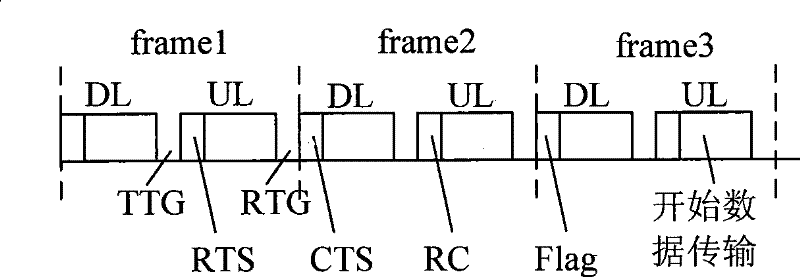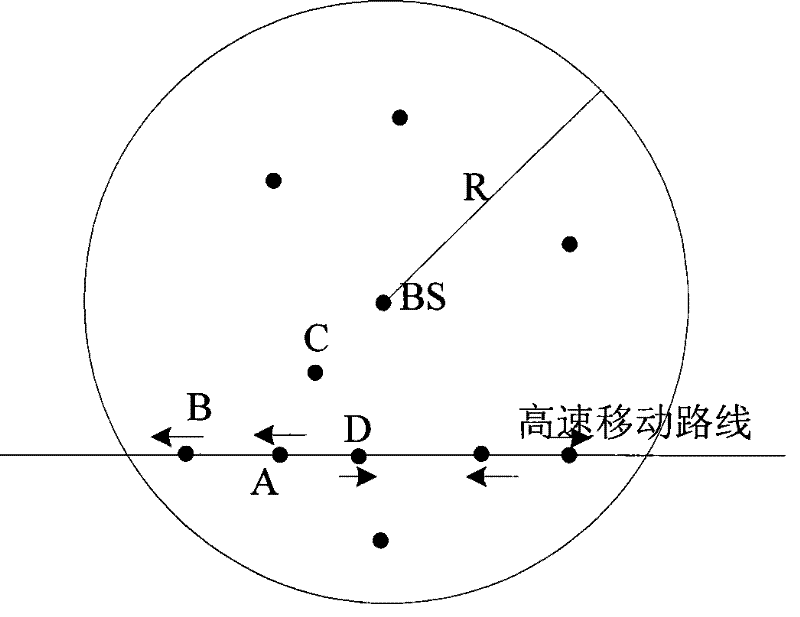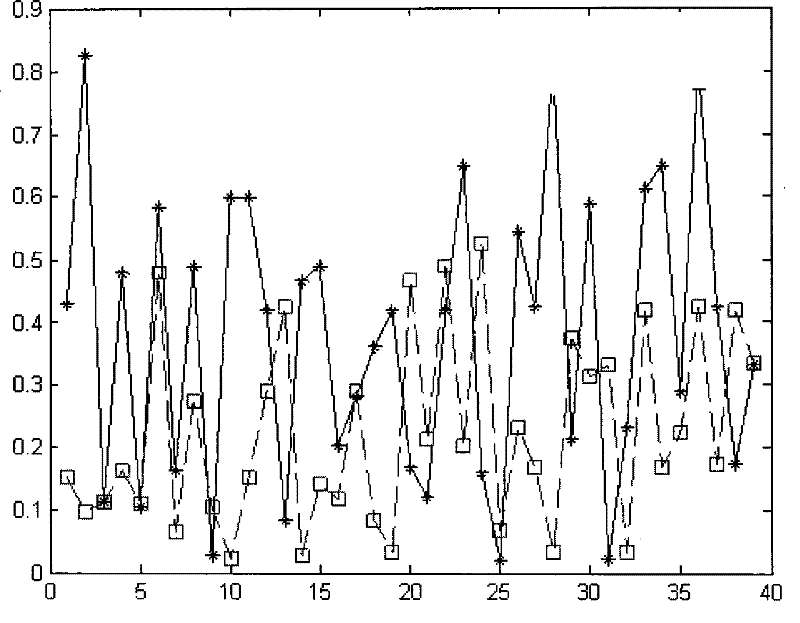High speed mobile customer relay node selection method in cellular system coordination communication
A cooperative communication and relay node technology, applied in wireless communication, diversity/multi-antenna systems, electrical components, etc., can solve the problems of frequent switching of relay users, low success rate of relay user selection, short duration, etc., to achieve The effect of reducing the probability of switching, increasing the success rate and the duration of the relay
- Summary
- Abstract
- Description
- Claims
- Application Information
AI Technical Summary
Problems solved by technology
Method used
Image
Examples
specific Embodiment approach 1
[0014] Step 1. The base station measures the Doppler frequency shift of each node entering the cell, and divides the nodes into three groups according to the measurement results of the Doppler frequency shift: forward moving group L, reverse moving group R and Low-speed group S, and notify each node of the group information;
[0015] Step 2, the source node sends a coordinated communication request to the base station and each node at the same time;
[0016] Step 3: The base station sends a communication confirmation message to the source node, and at the same time, the nodes around the source node in the same group as the source node receive the cooperative communication request from the source node, send a request to the base station to communicate with the source node, and report the communication with the source node. The channel quality between nodes in different groups ignores the cooperative communication request sent by the source node;
[0017] Step 4: The base stati...
PUM
 Login to View More
Login to View More Abstract
Description
Claims
Application Information
 Login to View More
Login to View More - R&D
- Intellectual Property
- Life Sciences
- Materials
- Tech Scout
- Unparalleled Data Quality
- Higher Quality Content
- 60% Fewer Hallucinations
Browse by: Latest US Patents, China's latest patents, Technical Efficacy Thesaurus, Application Domain, Technology Topic, Popular Technical Reports.
© 2025 PatSnap. All rights reserved.Legal|Privacy policy|Modern Slavery Act Transparency Statement|Sitemap|About US| Contact US: help@patsnap.com



